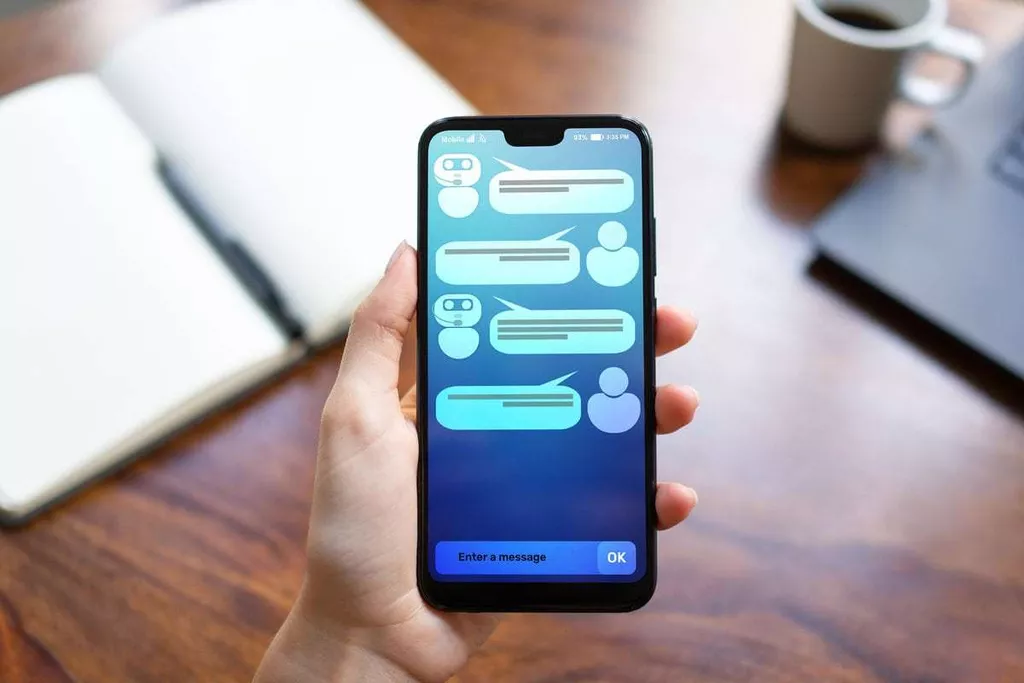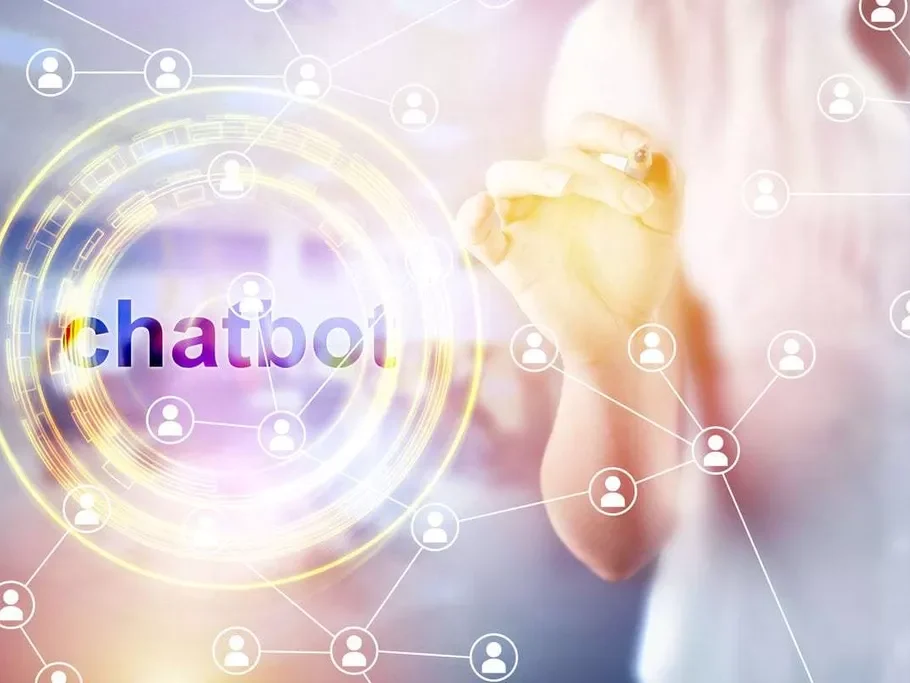Utilities are all companies involved in the production, transportation, distribution, and commercialization of resources such as electricity, gas, and water. We are entirely dependent on the work of such organizations at home and work. Consumers know this just as well as service providers. They strive to offer the best service with chatbots for utilities.
As customers try to find quick ways to connect with utility providers, offering omnichannel experiences is essential. Advanced companies integrate AI-based bots to answer recurring questions from clients and receive payment notifications on time.
Main benefits of implementing AI-based chatbots in utilities
Utility companies are at the forefront of using conversational AI solutions in their industry. There is still much work in this traditional sector to guarantee an optimal customer experience. Through digitalization, utilities can strengthen client relationships, services, and improve their standard business processes. The adoption of intelligent assistants also has other advantages:
- Consistency: the last decade has seen the rise of omnichannel strategies as elements of the digital transformation of the utility sector as customers turn to different social media platforms and applications to access data. Conversational AI supports this transition by offering a unified experience across all channels.
- Self-service: clients with simple queries may use the AI-ruled platform to solve their problems on their own, whether they need to get a copy of an invoice, relay information about a failure, or suspend maintenance on an unoccupied property.
- Decrease waiting for time and handling incoming calls: chatbots for utilities can be designed to respond instantly and accurately to urgent customer requests, so they always stay on landing pages and active during calls.
- Reduce costs and increase efficiency: bot development will cost less than hiring and training a dedicated person. A smart assistant will also save a lot of person-hours that previously had to be spent on monotonous, repetitive tasks.
- 24/7 Availability: when using traditional call centers, service availability varies depending on when the customer requests support. If he calls at the right time, he will immediately receive an answer to his queries, but it is worth dialing the number at the wrong moment, and the user may end up in a long waiting line or not wait for an answer at all. Digital assistants are available 24/7, providing a consistent experience across text and voice channels.
Each service bot has a role and performs unique functions. You may deploy multiple chatbots for utilities to perform client service tasks, manage customer journeys, automate routine work, and run marketing campaigns. Some user questions may be more urgent than others and sometimes require human intervention. AI-backed virtual assistant automatically qualifies queries, prioritizes, and passes non-standard questions to customer support.

Some examples of using chatbots for utilities
The utility industry is characterized by 24/7 operations and a vast residential and commercial client base that depends on uninterrupted service. The industry also relies on a distributed and capital-intensive infrastructure that needs to be constantly monitored and maintained. Thus, customer success for utilities is closely related to operational performance and the ability to create attractive client experiences. Let’s discuss the most common use cases of bots in the industry:
- Account access: customers want access to their profile at any time and a personalized experience. Such maintenance requires a lot of time and money using human labor. However, adding a chatbot allows you to quickly access the amount of payment and the amount of debt, the date of the last receipt of funds, the total consumption of services, etc.
- Onboarding: AI-based helper provides new and potential customers with information about the company and its offers. When users select desired solutions, the bot helps them go through all the necessary steps to get the entire digital and efficient training.
- Bill payment: some companies are successfully implementing chatbots that include different methods for instant payment of bills through such a channel.
- Transmission of meter readings: it is now possible to send information regarding the numbers on the meters through chatbots for utilities on the official website or social networks.
- Utility outages: customers may automatically report power or water outages and ask questions about power restoration.
- Technician appointment request: you can automate user appointments by connecting the chatbot to the scheduling system to automatically suggest the required meeting to users without the intervention of live agents.
Chatbots for utilities may query and access all data much faster than a human can. They help customers with everything from viewing utility bills to signing a service agreement, requesting data verification and identification, and more. AI-ruled bots may be fully integrated with providers.
How to develop a chatbot for the utility sector?
Chatbots that allow you to choose the way of interaction, provide an equally compelling experience on all channels, and quickly adapt to any wording of the question cause users a lot of positive emotions. At the same time, limited choice and misinterpretation of words can only exacerbate the problem.
Utility organizations should consider how a chatbot fits into their customer communications scheme before implementing it. In addition to incomplete planning, companies may add a virtual assistant too early without testing or providing a complete database. We have collected recommendations from experts who will help you develop a successful chatbot:
- Determine what problems need to be solved: if your goal is to make services available through multiple channels, ensure that the virtual assistant can interact with them. Would you like a bot to give tips on reducing your electricity consumption? If so, try to formulate personal offers to satisfy each user.
- Identify how a chatbot can be combined with other service options: despite the benefits of chatbots, they cannot be considered a panacea for all customer queries. Consider at what point an intelligent platform should switch the call to a live agent or how clients can enjoy a conversation without a bot if they so desire.
- Define how to tell users about virtual assistant options: Messaging should include what users expect when they click on a support link. You can inform people through standard communication channels, e.g., account inserts or social networks.
- Create a clear development schedule by taking the time to plan and test. During planning, it is necessary to collect data from all departments of the company, as well as from clients. The testing procedure should include different methods of use.
- Monitor progress towards goals and update the platform as needed. Make a list of criteria that will help you assess the level of program success. Consider interviewing clients to learn whether their dealing was positive or negative.
Artificial intelligence and machine learning are changing industries, and utilities are no exception. Regarding utilities, bots play a significant role in positively impacting the entire client experience value chain.
Such chatbots reduce the overhead associated with maintaining many customer service agents. Utility companies can use the benefits of conversational bots to provide users with faster problem resolution, which significantly impacts an organization’s bottom line.
